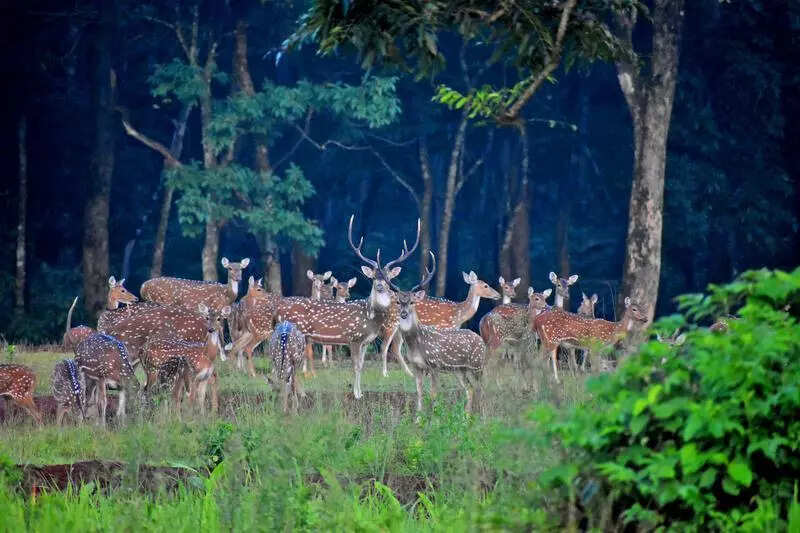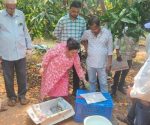WII team begins study into prey & predator animals in Similipal, Satkosia | Bhubaneswar News

Bhubaneswar: A six-member team from the Wildlife Institute of India (WII) on Monday began monitoring the prey and predator animals, habitat study and community engagement as part of a five-year research programme to guide authorities of Similipal and Satkosia tiger reserves. During the process, prey density will be ascertained and predator habitat will be analysed while simultaneously moulding youths into wildlife conservation through livelihood support, wildlife officials said.“The team will work on improving the biodiversity health of Similipal and analyse prey movement and concentration. It will also work with the forest-dependent communities to improve their knowledge of wildlife conservation, identify important flora and fauna, and develop a bond with the surrounding environment. We also plan to create more naturalists among youths so that they can work as nature guides for tourists,” said one of the team members.Wildlife officials said the team’s five-year research is significant as it will help unfold many new aspects of conservation management and evolve new approaches to certain traditional practices. “Within the survey period, the prey density in the reserve can be ascertained afresh. Similipal has a considerably sound prey base currently to sustain big cats. It rose from 5.99 prey animals per sq km to around 31 per sq km in 2022.A robust presence of prey animals or herbivores in a habitat is extremely important to ensure the survival of predators like tigers and leopards. Thirty animals per sq km is considered a sound density with around 30 big cats,” another team member said.Most importantly, Similipal, which didn’t have a chital population, now has around 10 of them per sq km. The population of barking deer and sambar is 7 and 9 per sq km, respectively, in the vast 2,750 sq km area of the reserve. Data revealed that in 2014, there were no chital and wild boar, indicating poaching and lack of proper management. Since 2014, revival strategies have worked, and the chital and wild boar population was revived.In 2014, the barking deer density was just 2.22 per sq km area, while that of sambar was 3.79 sq km.
















